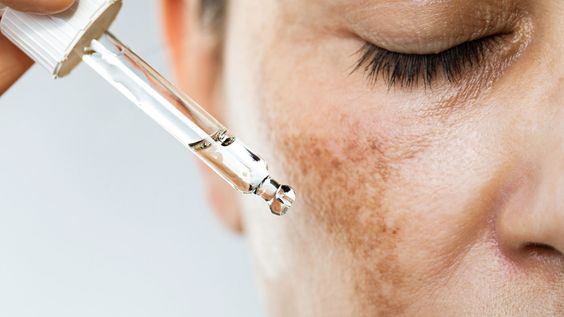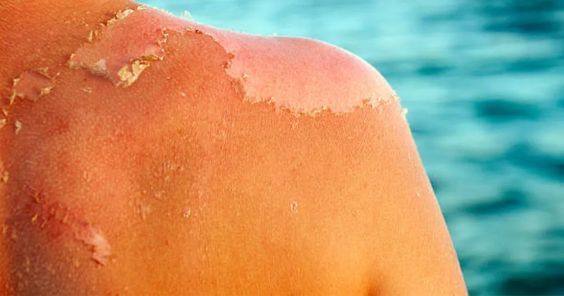Understanding UV-Induced Skin Aging
Most of us cherish those warm, sunny days, soaking up the sun's rays. However, beneath that golden glow lies a less glamorous reality: UV-induced skin aging. While we all associate a tan with good health, prolonged sun exposure can significantly impact our skin's health and appearance over time.

This blog post delves into the science behind UV skin aging, exploring how those invisible rays contribute to wrinkles, age spots, and other unwanted skin changes. We'll also provide practical tips on protecting your skin from the sun's harmful rays, allowing you to enjoy the sunshine responsibly and maintain youthful, radiant skin for years to come.
How UV Radiation Affects Skin Aging
The sun emits different types of ultraviolet (UV) radiation, but the two main culprits behind skin aging are UVA and UVB rays.
UVA Rays: Deep Penetration for Premature Aging
UVA rays penetrate deep into the skin's dermis, where they break down collagen and elastin – the proteins responsible for your skin's strength and elasticity. This degradation leads to wrinkles, fine lines, and sagging skin, often referred to as "photoaging."
UVB Rays: The Burning Culprit
UVB rays primarily affect the epidermis, or the outermost layer of your skin. These rays cause sunburns, redness, and inflammation, contributing to premature aging and increasing the risk of skin cancer.
Visible Signs of UV Skin Aging
The effects of UV radiation often take years to become visible. However, once they appear, they can be quite noticeable and difficult to reverse. Common signs of sun-damaged skin include:
- Wrinkles and Fine Lines: Loss of collagen and elastin due to UV exposure leads to the formation of wrinkles and fine lines, particularly on the face, neck, and hands.
- Age Spots and Hyperpigmentation: UV rays stimulate melanin production, leading to uneven skin tone, age spots, and freckles.
- Leathery Skin Texture: Prolonged sun exposure can make the skin feel rough and leathery due to damage to the skin's texture and moisture barrier.
- Broken Capillaries: UV rays can weaken blood vessels, causing visible spider veins or broken capillaries on the skin's surface.





